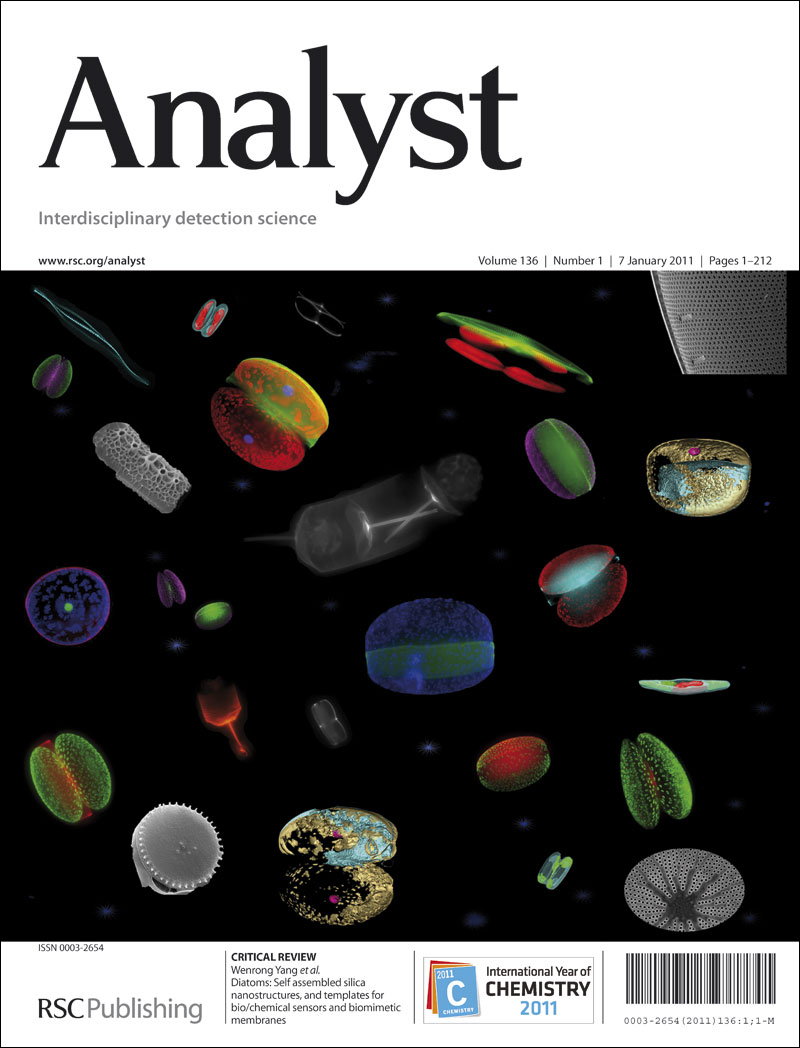透射低频拉曼光谱法定量模塑片中药物含量
IF 3.6
3区 化学
Q2 CHEMISTRY, ANALYTICAL
引用次数: 0
摘要
口腔崩解片(ODTs)对吞咽常规片剂困难的老年人和儿童患者很有用。在各种ODT制备工艺中,湿压片涉及湿颗粒的低压压缩,然后干燥的过程,这是有希望的工业生产的药物。目前,湿成型片剂的质量分析主要采用传统的高效液相色谱法进行含量均匀性测试。然而,由于湿压片工艺所需的压缩压力较低,将光谱探针与压片工艺结合起来可能是一种实时质量保证的潜在技术。本研究探索使用透射低频拉曼光谱作为一种无损和有效的方法来定量有效药物成分(api)在模塑片剂。对乙酰氨基酚和d -甘露醇分别作为模型原料药和赋形剂。分别在150、300 N条件下压缩制备片剂,采用偏最小二乘法进行分析。对乙酰氨基酚和d -甘露醇具有明显的光谱特征,定量准确,线性相关性好(R2 = 0.98),均方根预测误差低(150 N时为1.59;1.22 (300n)。该方法在压缩力下有效,是一种实时、无损的药品生产质量控制工具。这种方法与连续制造和质量设计相一致。本文章由计算机程序翻译,如有差异,请以英文原文为准。
Quantification of drug contents in molded tablet using transmission low-frequency Raman spectroscopy
Orally disintegrating tablets (ODTs) are useful for elderly and pediatric patients suffering from difficulty in swallowing conventional tablets. Among various ODT preparing processes, wet tableting involves a process of the low-pressure compression of wet granules followed by drying, which is promising for the industrial production of medicines. Currently, the quality of wet molded tablets is analyzed via conventional high-performance liquid chromatography–based content uniformity tests. However, owing to the low compression pressure required the wet tableting process, integrating spectroscopic probes with the tableting process can be a potential technique for real-time quality assurance. This study explores the use of transmission low-frequency Raman spectroscopy as a nondestructive and efficient approach for quantifying active pharmaceutical ingredients (APIs) in molded tablets. Acetaminophen and D-mannitol were used as the model API and excipient, respectively. Tablets were prepared by compressing under 150 and 300 N followed by analysis using the partial least square regression method. The distinct spectral features of acetaminophen and D-mannitol enabled accurate quantification with good linear correlations (R2 = 0.98) and low root mean square prediction errors (1.59 for 150 N; 1.22 for 300 N). The method was effective under compressed forces, highlighting it as a real-time, nondestructive tool for quality control in pharmaceutical manufacturing. This approach aligns with continuous manufacturing and quality by design.
求助全文
通过发布文献求助,成功后即可免费获取论文全文。
去求助
来源期刊

Analyst
化学-分析化学
CiteScore
7.80
自引率
4.80%
发文量
636
审稿时长
1.9 months
期刊介绍:
"Analyst" journal is the home of premier fundamental discoveries, inventions and applications in the analytical and bioanalytical sciences.
 求助内容:
求助内容: 应助结果提醒方式:
应助结果提醒方式:


